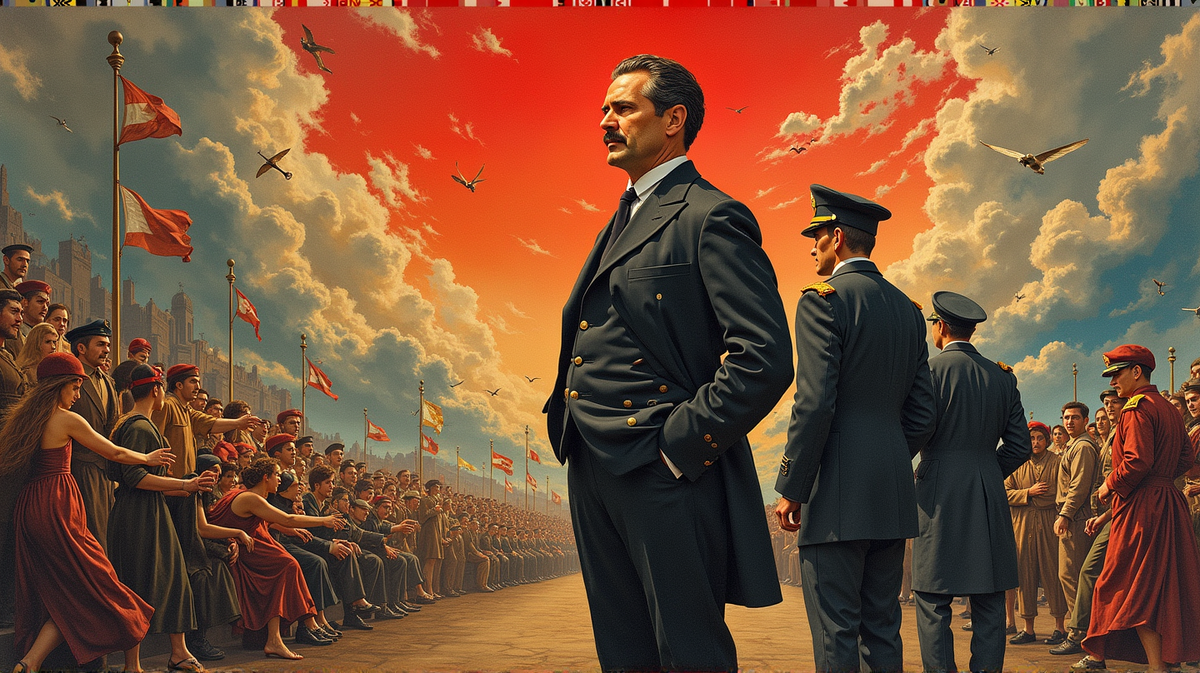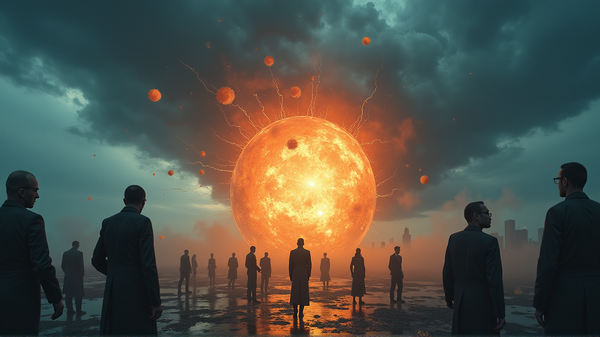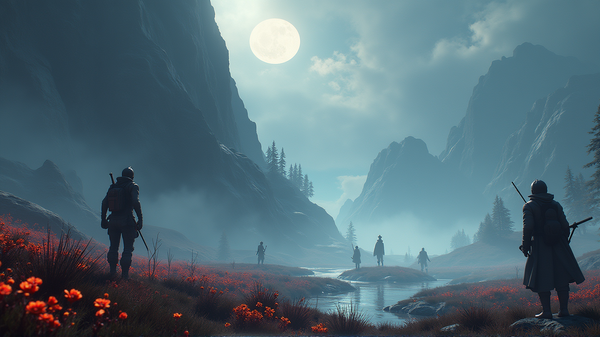Unveiling Fascism: The Art of Control in Mussolini’s Italy
Explore how Mussolini manipulated art and media to cultivate a Fascist Italy, and its resonating influence today.

Fascism! It’s a word that conjures images of authority, dictatorship, and historical infamy. But what lies beneath the surface of this ideology, especially in its Italian incarnation? As Mussolini’s grip on Italy tightened, he cleverly transformed societal norms, using art and design as his weapons. Fascism, deeply intertwined with visual manipulation and mythic storytelling, was not simply a political construct—it was an artful charade that ensnared the Italian psyche.
The Curatorial Insight at Poster House
Imagine walking through the corridors of history at the Poster House New York. The exhibition, “The Future Was Here: The Changing Face of Fascist Italy,” brilliantly curated by B.A. Van Sise, decodes how graphic design became Mussolini’s accomplice. “Authority doesn’t exist in a vacuum; it has to be sold,” says Van Sise, reflecting on how Italians willingly traded freedom for the illusion of grandeur.
Mussolini’s Cult of Personality
What made Mussolini’s fascism stand out was his larger-than-life persona. More than just a leader, he became synonymous with Italy’s identity. This cult of personality projected through art and propaganda mesmerized the masses, painting Mussolini as both the country’s heart and its hero. From stirring images of him chopping wheat shirtless to orchestrated public spectacles, Mussolini was Italy, or so he wanted people to believe. As stated in PRINT Magazine, his clever public relations tactics could make people forget the grim reality behind the glorified façade.
From Art Nouveau to Futurism: An Artistic Metamorphosis
Fascist Italy wasn’t just about politics; it was also about redefining art. Mussolini rode the artistic wave of futurism, a sharp departure from the previously gentle Art Nouveau styles. His regime’s art was filled with dynamic lines, bold motifs, and sometimes unsettling visions of the mechanistic future. This was not new—the lure of power had always found allies in the artistic realm, from ancient Rome to Mussolini’s playground.
The Dance of Corporate and Political Interests
Fascist imagery was not confined to state-sanctioned art. It infiltrated everyday life, transforming advertising into a tool of political persuasion. Just as corporations today adapt their messages to the winds of societal change, Mussolini molded art into an instrument of ideological seduction. The trend of blurring business and political lines continues—an enduring legacy of Fascism’s strategies.
A Quick Descent, A Quicker Ascend
Intriguingly, the fall of Fascism was as sudden as its rise. The authoritarian grip loosened quickly, making way for a renaissance in Italian cinema and art. Figures like Vittorio De Sica and Federico Fellini emerged from the ashes, symbolizing Italy’s rebirth. Within a decade, the grim narratives of Fascism transformed into the vibrant stories that shaped modern Italy—a testament to resilience and renewal.
Fascism may have been Mussolini’s legacy, but its rapid decline highlights an eternal truth: cultural shifts, however swift, pave the way for renewal and creativity. According to PRINT Magazine, the rebirth of Italy post-Fascism proves that even amidst darkness, creativity finds a path to sunlight.





